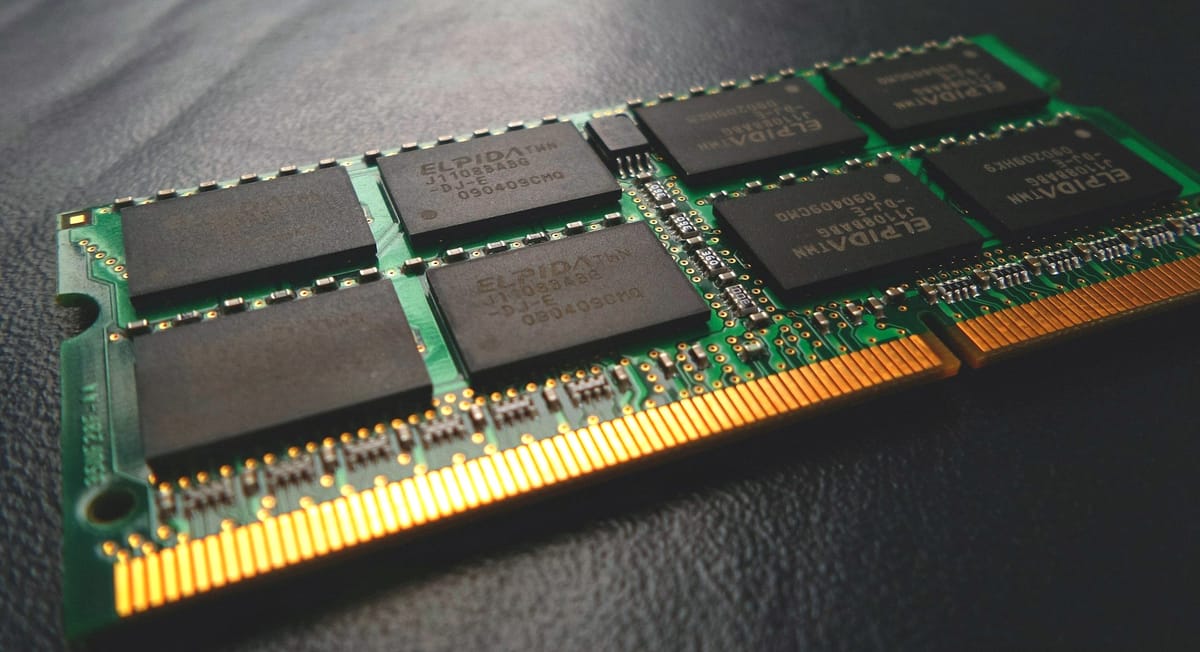Azure HBv5: Memory-First HPC Takes the Cloud Stage

Bandwidth over Cores – The New Performance Rule
- HBM3 per node: 400–450 GB (≈9 GB per core)
- Sustained memory bandwidth: 6.7–6.9 TB/s (≈7 TB/s peak)
- CPU: 352–368 Zen 4 cores @ 4.0 GHz, SMT disabled
- Network: dual-rail 800 Gb/s InfiniBand
The numbers speak loudly: more than a 40% jump in raw bandwidth relative to the HBv4 generation. When the memory path becomes the bottleneck, adding cores yields diminishing returns—a shift that forces architects to design “memory-first” clusters rather than “core-first” ones.
Benchmarks Confirm the Edge
- STREAM-style tests: +38% sustained bandwidth
- CFD, molecular-dynamics, finite-element kernels: 30–45% faster runtimes
- Weather-model pipelines: 5.9 TB/s end-to-end throughput
- Inter-node latency: ~12 ns lower thanks to 800 Gb/s InfiniBand
All runs used the default Ubuntu 24.04 LTS image with Linux 6.14, guaranteeing reproducibility across U.S. West and East Azure regions.
Economic and Strategic Impact
Early-adopter reports show hyper-scalers already ordering custom HBv5-derived silicon for exascale research. The cost-per-TB of sustained bandwidth falls near $1,200, a figure that rivals on-prem HBM-rich servers while eliminating capital-expense overheads. AMD’s chiplet-level HBM integration reduces defect density, allowing Microsoft to scale memory pools without a proportional rise in fab costs.
Where the Market Is Heading
The convergence of on-package HBM3 and 800 Gb/s InfiniBand creates a unified “memory-network fabric” that trims data-movement energy by roughly 22% in tightly coupled simulations. Looking ahead, a second-generation HBv6 (targeting >10 TB/s per node and optional SMT) is slated for 2026–27, while AMD’s upcoming Zen 5 will add AVX-512-wide units, prompting a wave of compiler and library updates (OpenMP 5.2, MPI-3.1).
As cloud providers race to deliver memory-centric HPC, Azure’s HBv5 positions Microsoft as the go-to platform for workloads where bandwidth, not sheer compute, defines success. The next few years will likely see standardized memory-network APIs that expose a single address space across clusters—an evolution that could finally dissolve the traditional divide between compute and data in high-performance cloud environments.



Comments ()